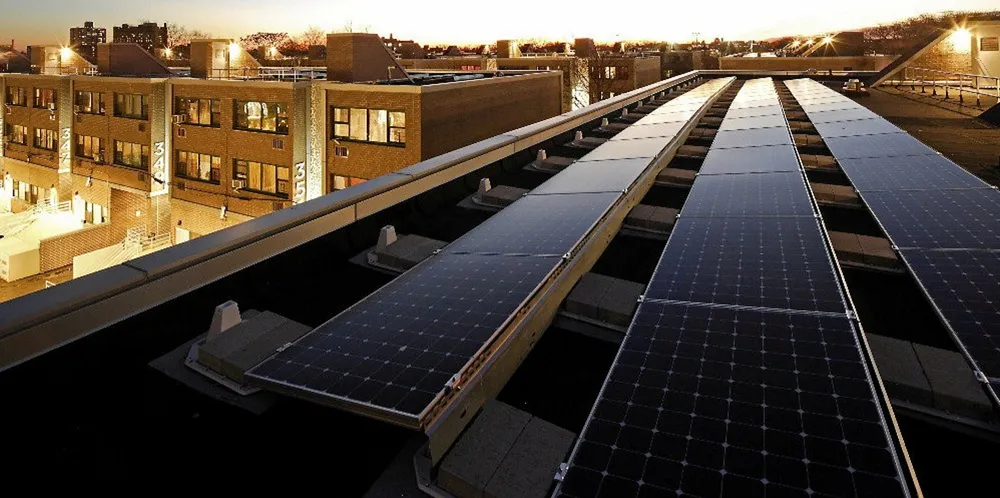'They are the future': US set fair for renewable energy-fuelled microgrid boom
Renewables-powered microgrids foreseen expanding over three-fold to 32.8GW installed capacity by 2030 and generating $72bn in domestic product growth, says Guidehouse Insights
